The hack squat is a popular lower-body exercise that primarily targets the quadriceps, but it also engages a variety of other muscles, including the hamstrings. If you're wondering whether the hack squat is effective for working your hamstrings, the short answer is yes—but with a few important caveats.
What Is the Hack Squat?
The hack squat is a variation of the traditional squat performed on a specialized machine. It typically involves placing your shoulders under pads while your back is resting against a padded backrest. From this position, you lower your body by bending at the knees and hips, then press upward, using your legs to return to the starting position.
Because the hack squat is machine-based, it offers more stability than free-weight squats, which can be advantageous for targeting specific muscle groups with less risk of injury.
How the Hack Squat Targets the Hamstrings
While the primary emphasis of the hack squat is on the quadriceps, the hamstrings also play a supporting role throughout the movement. Here's how the hamstrings get involved:
-
Knee Flexion and Hip Extension: The hamstrings are responsible for knee flexion and hip extension. During the hack squat, the hamstrings help stabilize the knee joint as it bends and straighten, providing support as you lower and raise the weight.
-
Muscle Synergy: In a typical squat or leg press movement, the hamstrings work in synergy with the glutes, quadriceps, and calves. Although the hack squat machine focuses more on the quadriceps, the hamstrings still assist with the upward phase, especially if you're using a deep squat motion.
-
Hip and Knee Angle: When performing a hack squat, the angle of the knees and hips can determine how much the hamstrings are activated. The deeper you squat, the more the hamstrings will be engaged, though their involvement is still secondary to the quadriceps.
Key Factors That Influence Hamstring Activation
Several factors influence how much the hamstrings are activated during a hack squat:
-
Foot Placement: Adjusting your foot position on the platform can shift more emphasis to the hamstrings. Placing your feet slightly higher and wider on the platform can increase hamstring activation, as this reduces the range of motion at the knee joint and emphasizes the hip joint instead.
-
Depth of the Squat: The deeper you squat, the more you stretch the hamstrings at the bottom of the movement. However, it's important to note that most hack squat machines limit the range of motion at the bottom, which may reduce the potential for full hamstring activation compared to exercises like deadlifts or leg curls.
-
Load and Resistance: Heavier loads will engage more muscle fibers, including the hamstrings. If you're aiming for a more hamstring-centric focus, it’s important to perform the hack squat with a weight that challenges you.
Which Exercises Target Hamstrings More Effectively?
While the hack squat does work the hamstrings to a certain extent, it isn’t the most effective exercise for fully targeting them. To build hamstring strength and size, it’s best to incorporate other exercises into your routine:
-
Romanian Deadlifts (RDLs): This compound movement is a staple for hamstring development. By hinging at the hips and maintaining a neutral spine, you can stretch and contract the hamstrings through their full range of motion.
-
Leg Curls: Whether seated or lying down, leg curl machines isolate the hamstrings better than the hack squat, providing a more direct and focused contraction.
-
Glute-Ham Raises: This bodyweight exercise can activate the hamstrings even more effectively than machines, using your own bodyweight for resistance.
Conclusion
The hack squat does work the hamstrings, but it's not the most efficient exercise for targeting them. The hamstrings assist in the movement, especially during knee flexion and hip extension, but their activation is secondary to the quadriceps. For optimal hamstring development, it's best to include exercises like Romanian deadlifts, leg curls, or glute-ham raises in your workout routine alongside the hack squat. By incorporating a variety of exercises that target the hamstrings from different angles, you can achieve a balanced and effective leg workout.
If you’re looking to improve your hamstring strength, consider adjusting your hack squat technique (such as foot placement and depth) and complementing it with other hamstring-focused movements for better results.






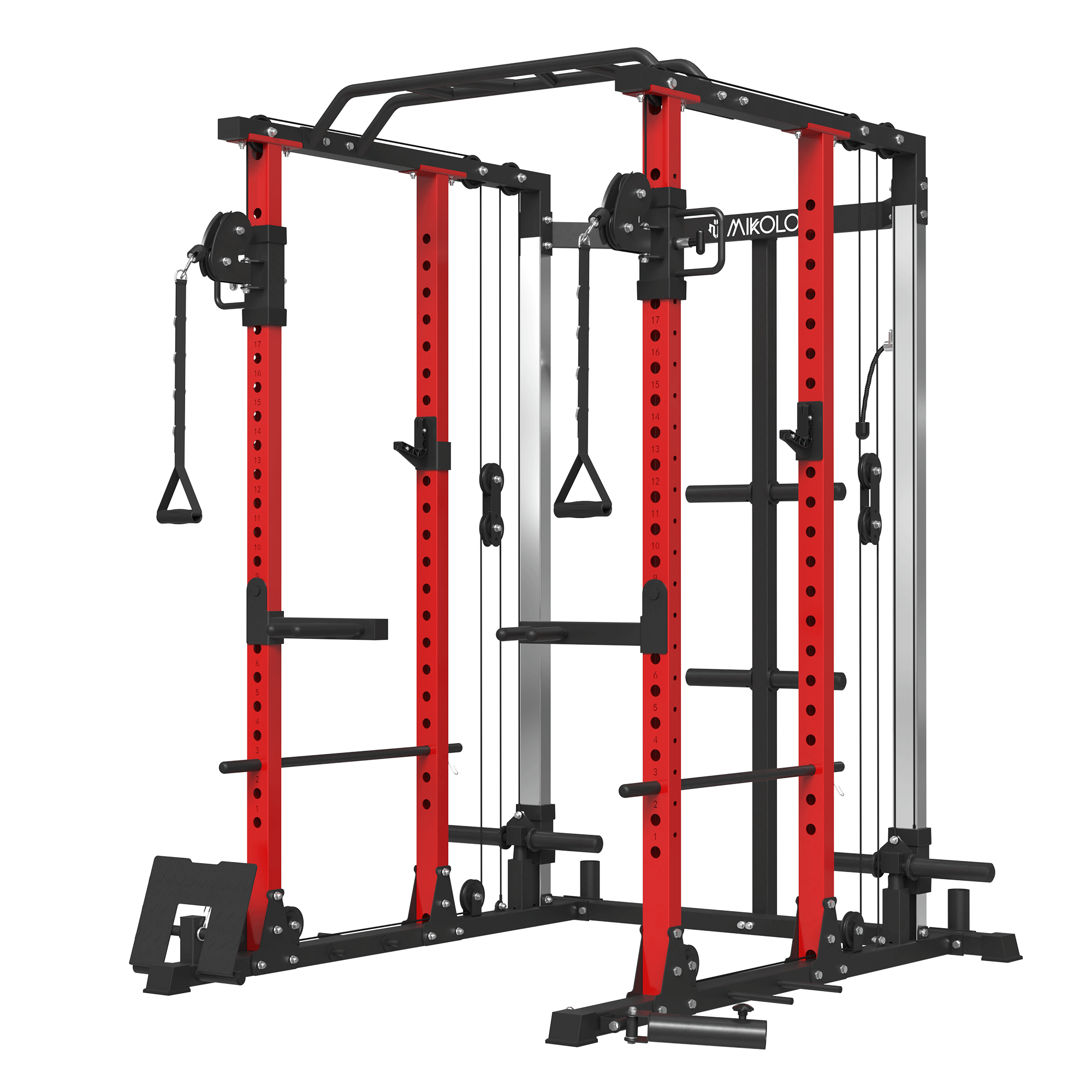



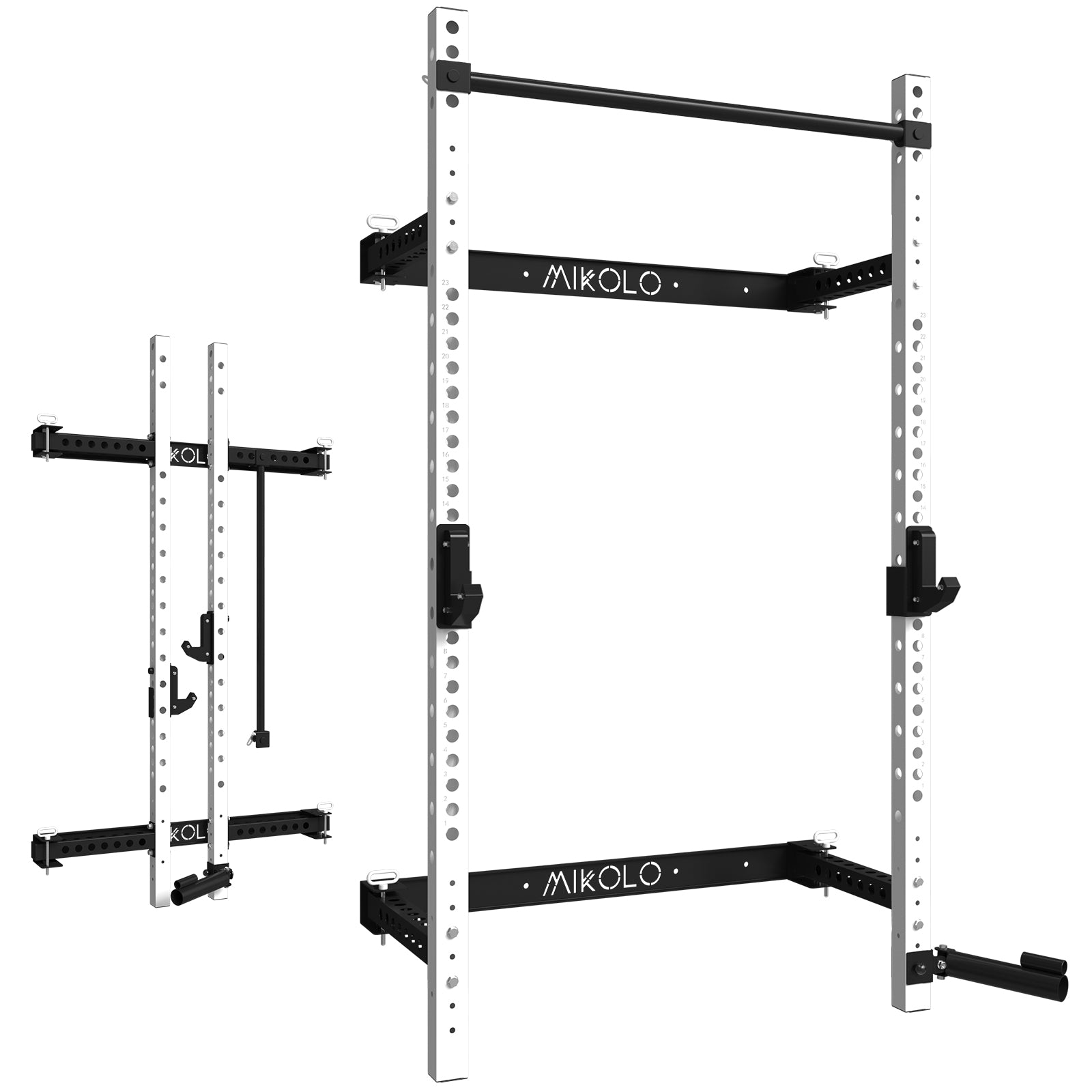









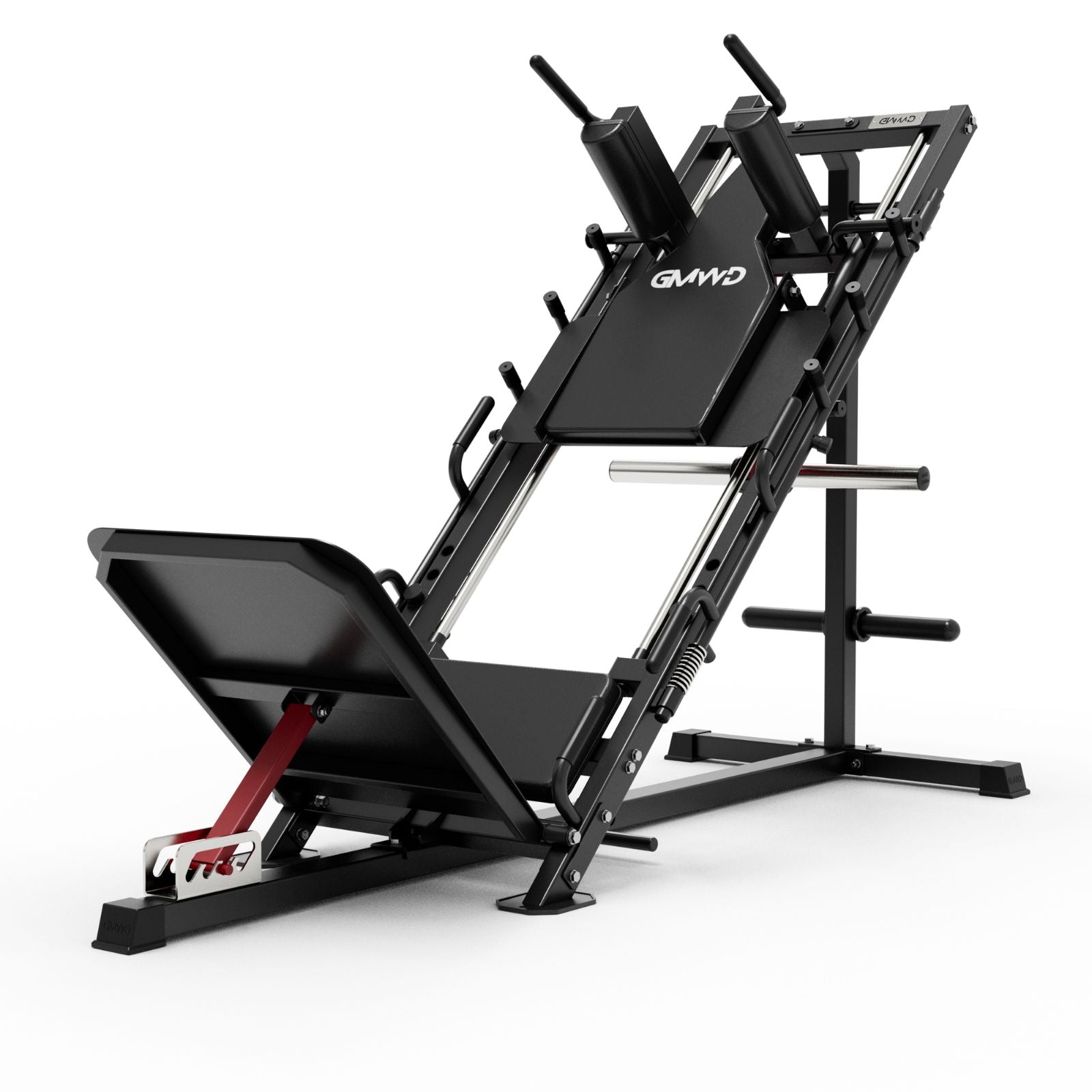







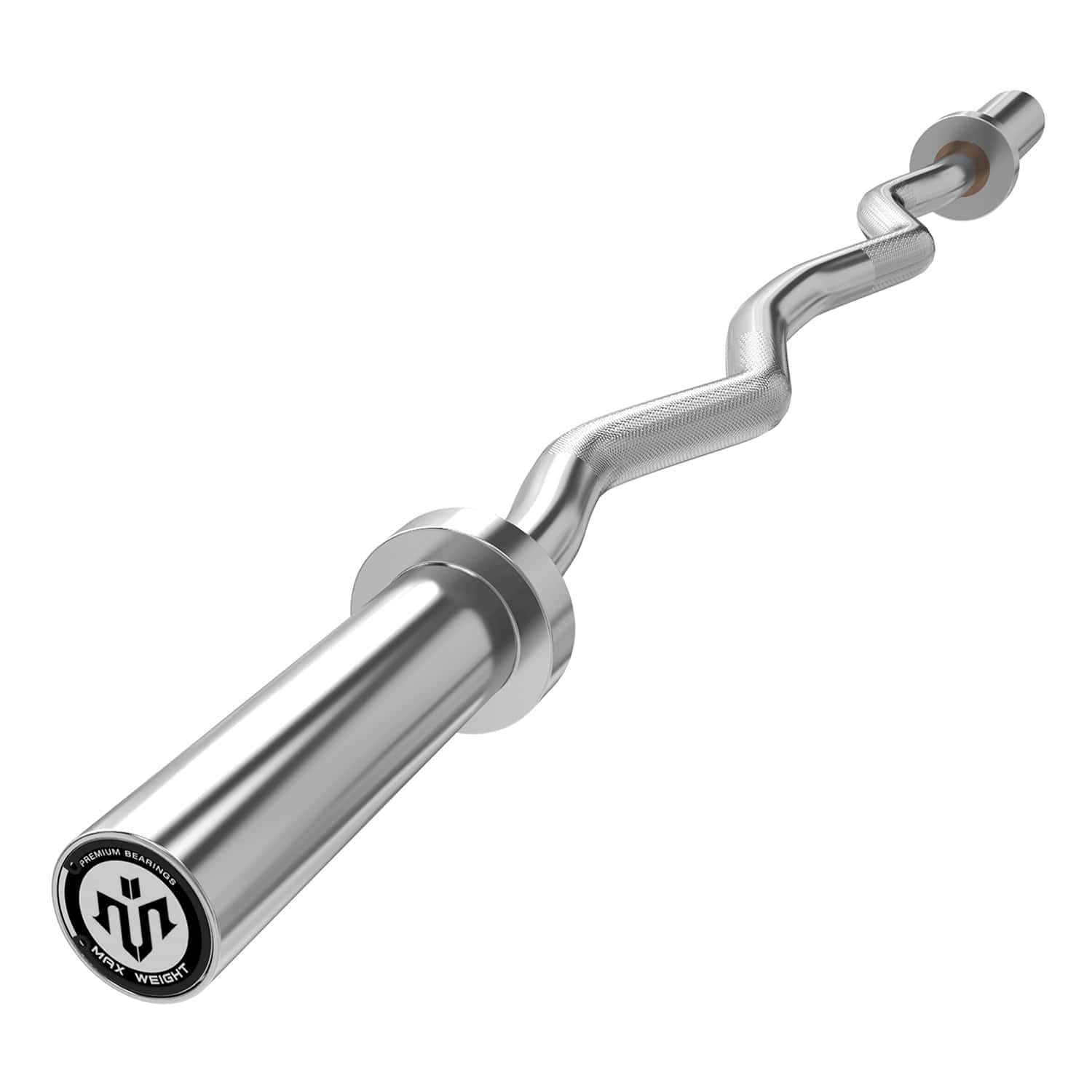
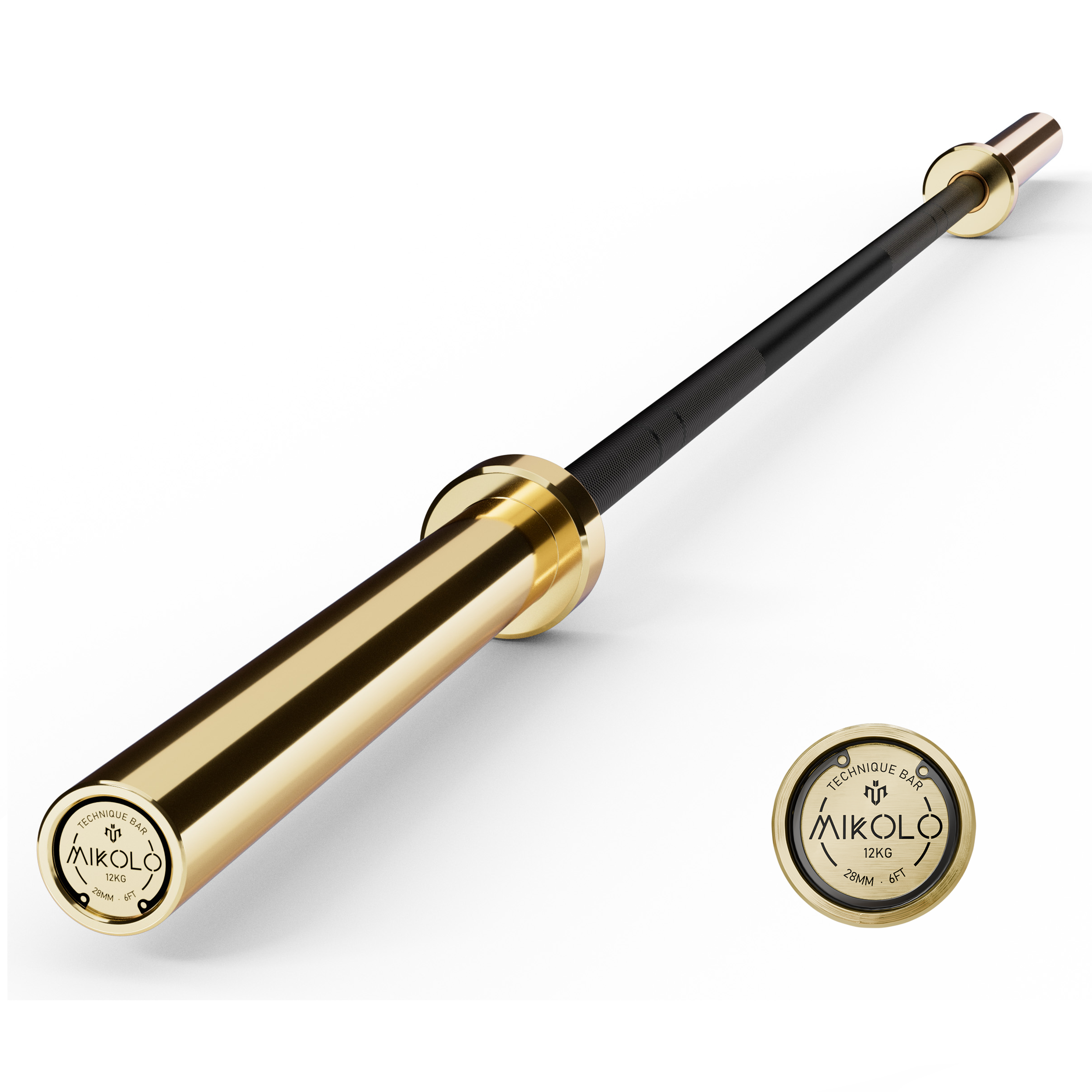


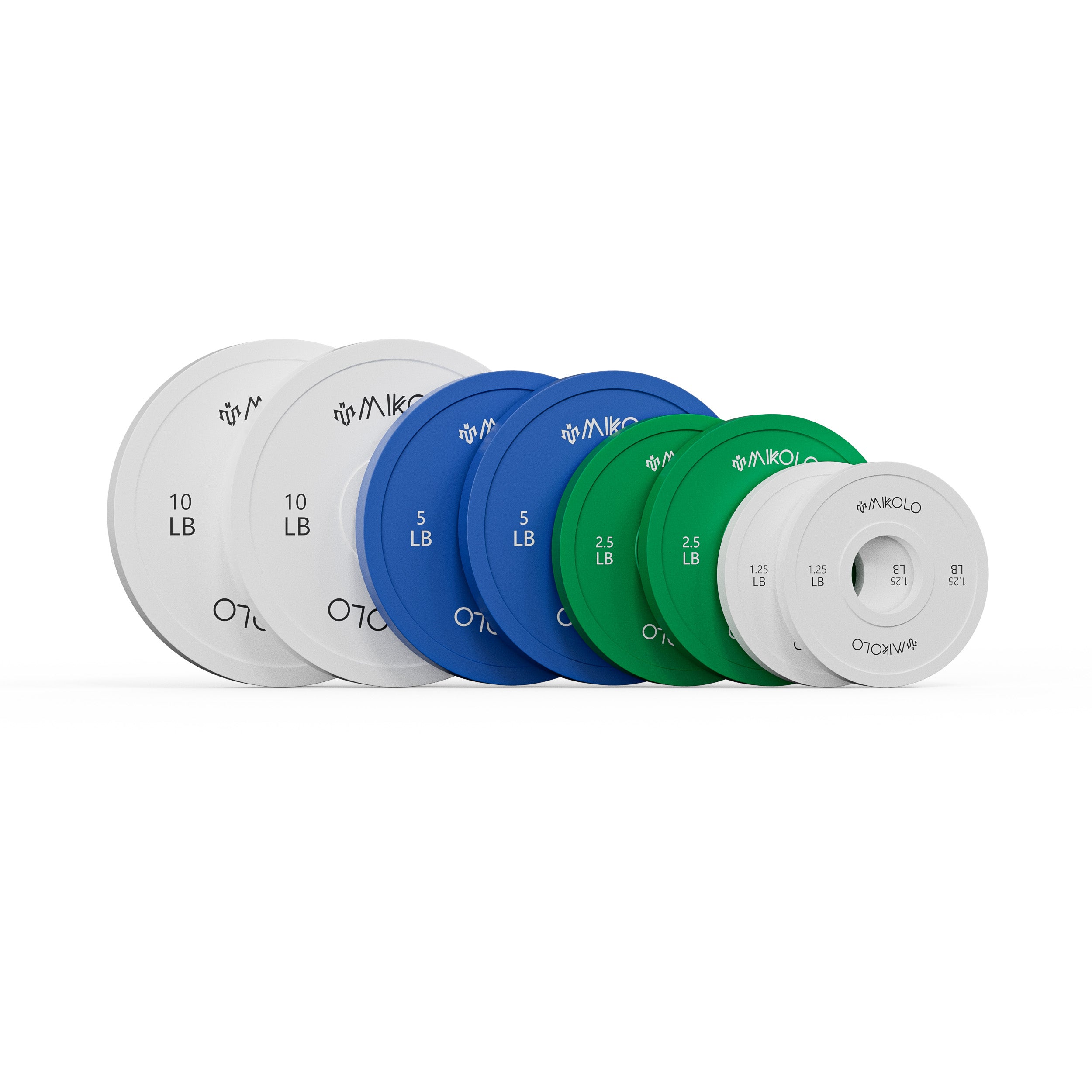



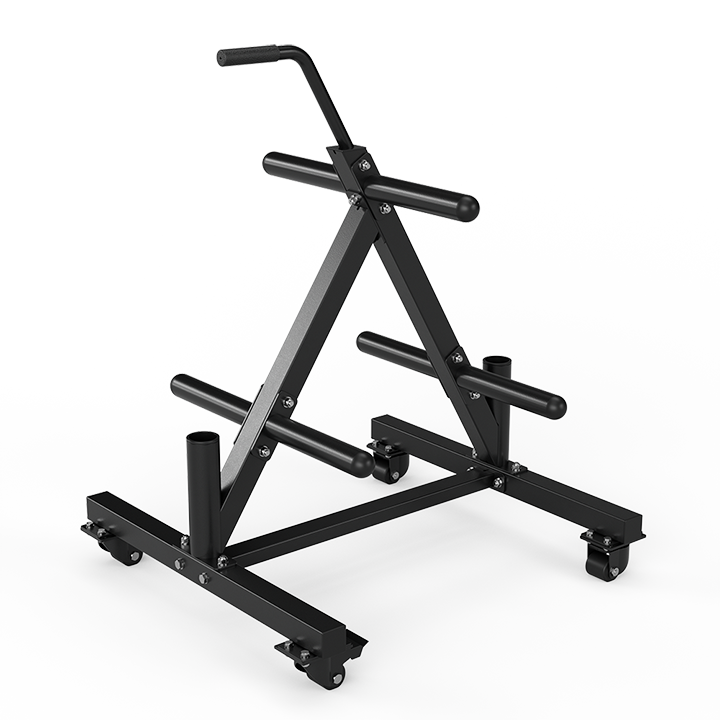
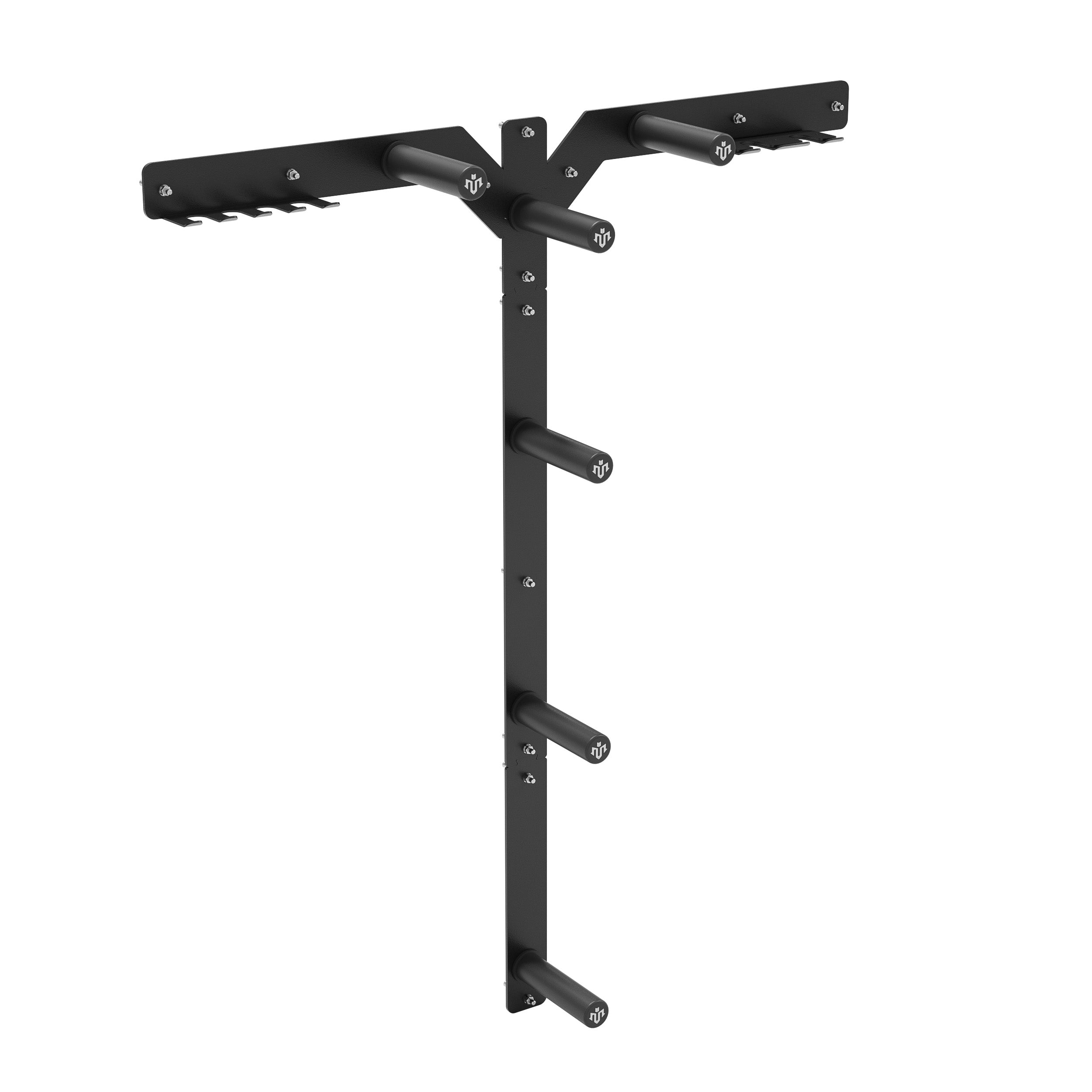




Leave a comment
This site is protected by hCaptcha and the hCaptcha Privacy Policy and Terms of Service apply.